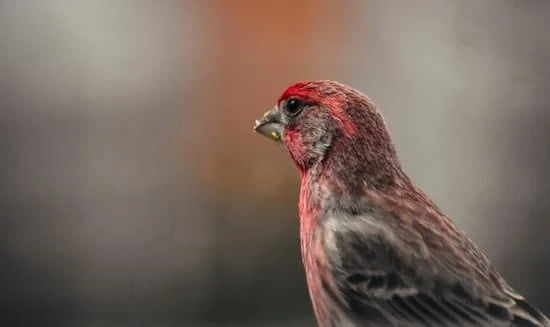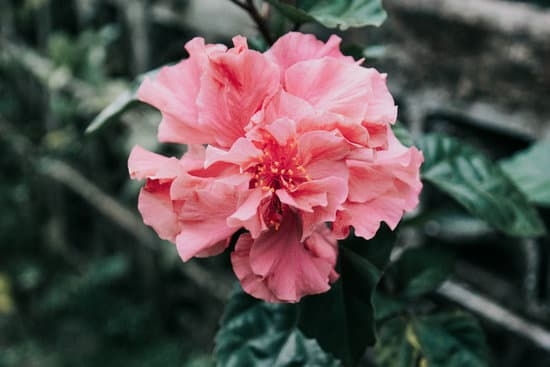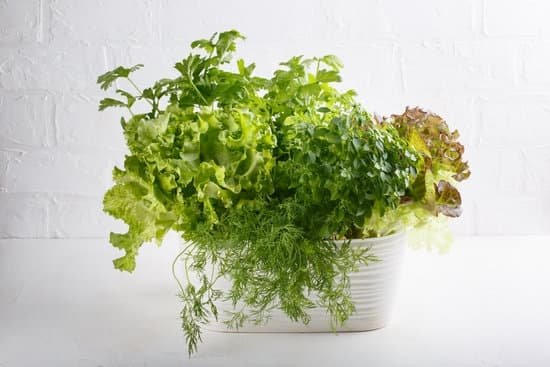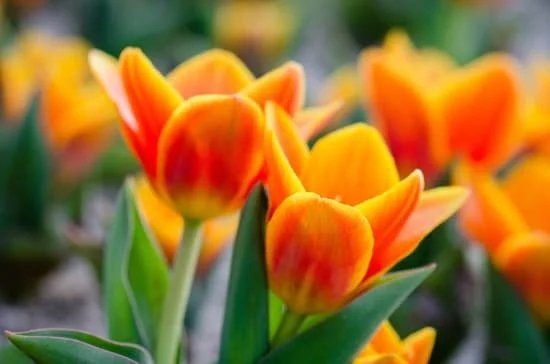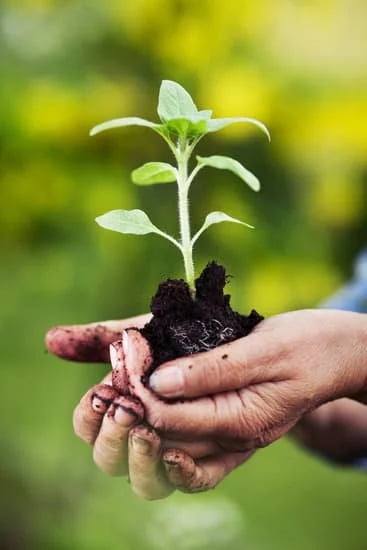Container Gardening Tips Soil
preparation is the key to success with container gardening. The best way to ensure good drainage and aeration is to use a lightweight potting mix. You can make your own mix by combining one part peat moss or coir fiber, one part vermiculite or perlite, and one part compost.
If your container doesn’t have a drainage hole, be sure to place a layer of rocks or broken pottery in the bottom to allow excess water to escape.
Make sure your plants have good drainage, too. If the potting mix is too wet, the roots will rot.
Water your plants regularly, making sure to drench the soil but don’t let the pot stand in water.
Fertilize your plants every two weeks with a balanced organic fertilizer.
To prolong the life of your plants, pinch off the flower buds as they form.
Container Gardening Watering Tips
Container gardening is a great way to garden if you don’t have a lot of space, or if you want to garden in a different climate than the one you live in. One of the main things to think about when container gardening is watering. Here are some tips to help you water your container plants properly:
1. Make sure the soil in your containers is well draining. If the soil is too wet, the roots of your plants will rot.
2. Check the soil moisture regularly, and water plants when the top few inches of soil are dry.
3. Water plants thoroughly, making sure to get the water down to the roots.
4. Use a watering can or hose with a spray nozzle to water plants evenly.
5. Don’t water plants if it’s raining or if the forecast calls for rain.
6. Add organic matter, like compost or peat moss, to the soil to help it drain better.
7. Use a pot with a drainage hole to avoid waterlogging.
8. If you’re going on vacation, or if you’re going to be away from your plants for a few days, ask a friend or neighbor to water them for you.
Tips For Container Vegetable Gardening
Container vegetable gardening is a great way to have a garden even if you don’t have a lot of space. You can grow pretty much any vegetable in a container, as long as you provide it with the right soil and care.
The first step in container vegetable gardening is to choose the right container. You’ll want something that is big enough to hold the vegetable you want to grow, and that has drainage holes in the bottom. You can use any type of container you want, from a traditional gardening pot to a recycled container like a milk jug or a tuna can.
The next step is to choose the right soil. You’ll want to use a soil that is specifically made for container gardening, as it will be light and have the right drainage for containers. You can buy soil specifically for containers at most garden stores.
Once you have your container and soil, it’s time to plant your vegetable. The best way to do this is to follow the instructions on the seed packet. Most seeds will tell you how deep to plant them and how far apart to space them. Make sure to water your vegetable regularly, especially when it is first planted.
Container vegetable gardening is a great way to have a garden, even if you don’t have a lot of space. You can grow pretty much any vegetable in a container, as long as you provide it with the right soil and care.
Container Gardening Tips Forum
Container gardening is a great way to garden if you don’t have a lot of space. You can grow vegetables, fruits, and flowers in containers on your porch, patio, or deck. You can also grow plants in containers indoors.
Before you start gardening in containers, you need to decide what you want to grow. You also need to choose the right container and soil for your plants.
When choosing a container, think about the size of the plant you want to grow. The container should be at least twice the size of the plant’s root ball. You also need to think about the type of plant you want to grow. Some plants, like tomatoes, need a lot of sun, while other plants, like lettuce, can grow in shadier areas.
When choosing soil for your container garden, think about the type of plants you want to grow. Some plants, like tomatoes, need soil that is high in nitrogen. Other plants, like herbs, can grow in soil that is low in nutrients.
Once you have chosen a container and soil, it’s time to plant your plants. Follow the instructions on the plant’s tag to see how deep to plant the plant’s root ball. Fill the container with soil, and pack it down gently. Water the plant well.
Container gardening is a great way to garden if you don’t have a lot of space. You can grow vegetables, fruits, and flowers in containers on your porch, patio, or deck. You can also grow plants in containers indoors.
Before you start gardening in containers, you need to decide what you want to grow. You also need to choose the right container and soil for your plants.
When choosing a container, think about the size of the plant you want to grow. The container should be at least twice the size of the plant’s root ball. You also need to think about the type of plant you want to grow. Some plants, like tomatoes, need a lot of sun, while other plants, like lettuce, can grow in shadier areas.
When choosing soil for your container garden, think about the type of plants you want to grow. Some plants, like tomatoes, need soil that is high in nitrogen. Other plants, like herbs, can grow in soil that is low in nutrients.
Once you have chosen a container and soil, it’s time to plant your plants. Follow the instructions on the plant’s tag to see how deep to plant the plant’s root ball. Fill the container with soil, and pack it down gently. Water the plant well.
Container Gardening Planting Tips
When planting in containers, always use potting mix, not garden soil. Potting mix is specially blended for containers and contains ingredients that help retain moisture and provide nutrients to the plants.
Select a container that is large enough to accommodate the mature size of the plant. Be sure to check the potting mix label to see how deep the mix should be for the particular container you are using.
To ensure good drainage, add a layer of gravel or pebbles to the bottom of the container before adding the potting mix.
When planting, gently loosen the potting mix and place the plant in the container so the top of the root ball is slightly below the soil surface. Backfill with potting mix, tamping it down gently as you go.
Water the plant thoroughly after planting. Continue to water as needed, keeping the soil moist but not wet.
Place the container in a location where it will receive at least six hours of sunlight per day.

Welcome to my gardening blog! I am passionate about plants and enjoy sharing my knowledge and experiences with others. In this blog, I will write about everything related to gardening, from tips on how to get started to updates on my own garden projects.

